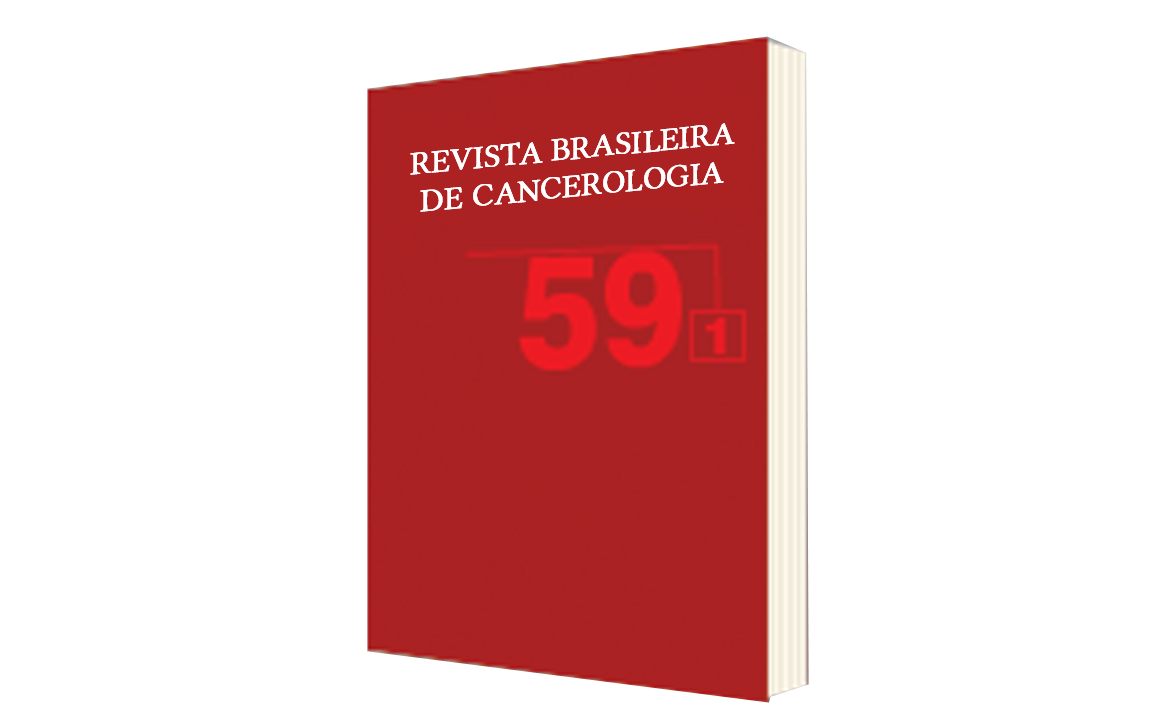Pharyngocutaneous Fistula in Cancer Patients: Implications for Nursing
DOI:
https://doi.org/10.32635/2176-9745.RBC.2013v59n1.552Keywords:
Laryngeal Neoplasms, Laryngectomy, Fistula-etiology, Postoperative Complications, Nursing CareAbstract
Introduction: Cancer of the larynx is one of the most common to reach the head and neck, representing 25% of malignant tumors that affect this area. When diagnosed early, this cancer is curable, but in most cases patients are submitted to total laryngectomy and pharyngolaryngectomy, in which the most serious complication is pharyngocutaneous fistula. The present study addresses the main implications of both pharyngocutaneous fistula and nursing care in patients undergoing total laryngectomy. Objective: To describe the main implications of the pharyngocutaneous fistula complication to subsidize nursing care. Method: Study of an integrative literature review, whose data were collected in the Lilacs, Medline, Pubmed and Google Academic databases, of which four articles were selected, which were suitable for the criteria of this study. Results: As a result, we found out that all the authors emphasize that the pharyngocutaneous fistula is the largest and most frequent complication in patients who undergo total laryngectomy, with a variety of factors listed in the literature that result in fistula formation, and identification of these risk factors is essential for planning the peri-operative nursing care. Conclusion: There are few studies on the risk factors for the formation of pharyngocutaneous fistula and nursing care. The nurse should be involved in formal education to prevent this complication, ensure physiological recovery and rehabilitation of the patient, in addition to promote healing, decreasing risks of infection, length of stay, hospital costs and promote improved quality of life of these patients.









